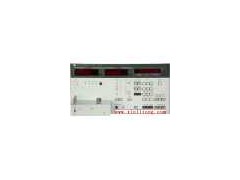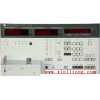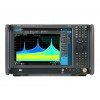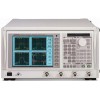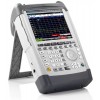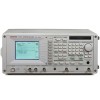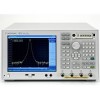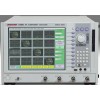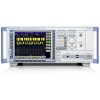Hewlett Packard 4191A RF Impedance Analyzer, Refurbished
1 to 1000 MHz variable test frequency with sweep capability
Direct reading of |Z|-q, |Y|-q, |G|-q; L*C-R*G*D*Q, R-X, G-B, Gx-Gy
High resolution - 4.5 digit max
Wide measuring range - 1 m - 100 k (|Z|)
Versatile, easy-to-use test fixtures
Options:
002 - 100Hz/200Hz resolution synthesizer
004 - Recorder Outputs
The 4191A RF Impedance Analyzer measure 14 parameters with a maximum resolution of 4.5 digits. The internal synthesizer provides variable frequencies from 1 MHz through 1000 MHz covering the UHF, VHF, and video bands with automatic sweep capability. An internal dc bias supply with auto sweep function covers the voltage range of ± 40 V in 10 mV steps.
The HP 4191A permits reliable measurements over a wide measuring range. Its outstanding repeatability, frequency response, and accuracy are made possible by a unique error-correction capability and specially designed test fixtures. These features allow the HP 4191A to be used in evaluating electronic materials, components, and circuitry.
The internal synthesizer provides a maximum resolution of 100 Hz (option 002) with an accuracy of 3 ppm, allowing small changes in the resonant frequency of the device under test to be easily detected. The swept frequency capability aids in the analysis of frequency characteristics of the device.
Two complete front-panel settings (parameter selection and the sweep control) can be stored in a non-volatile memory and recalled at any time with a single key operation. This, together with the standard HP-IB interface, makes the HP 4191A extremely efficient as either a standalone or a systems instrument.
These unique features permit very wide applications in : (1) semi-conductor testing such as surface state evaluation at high frequencies (C-V/G-V and conductance (G/w-w) characteristics), and the input/output impedance evaluation of diodes and transistors, (2) resonator, filter, and magnetic and dielectric materials testing, (3) evaluation of LCR components such as high-frequency chip and leaded components, and (4) testing of communications-related components such as cables, connectors, etc



